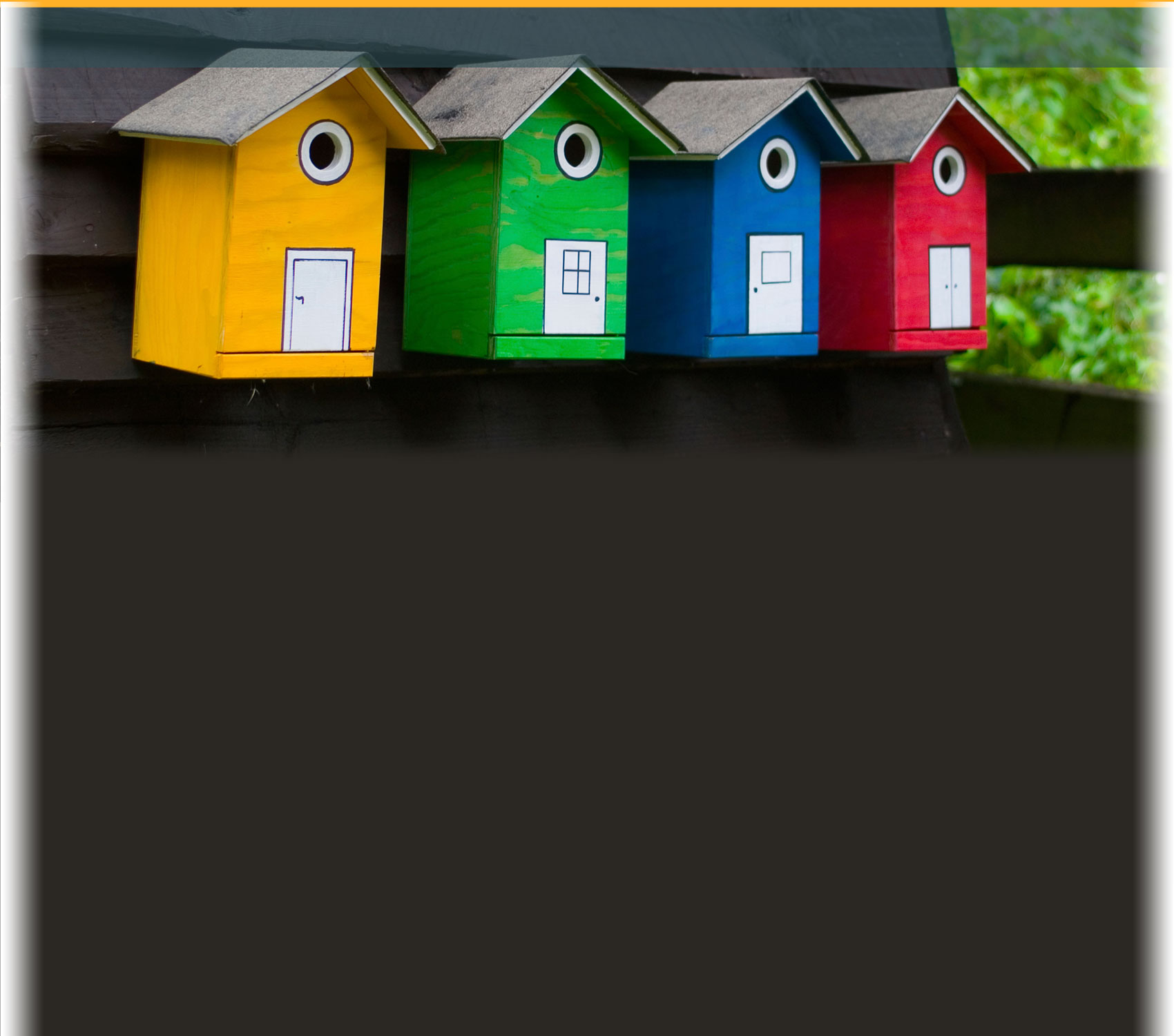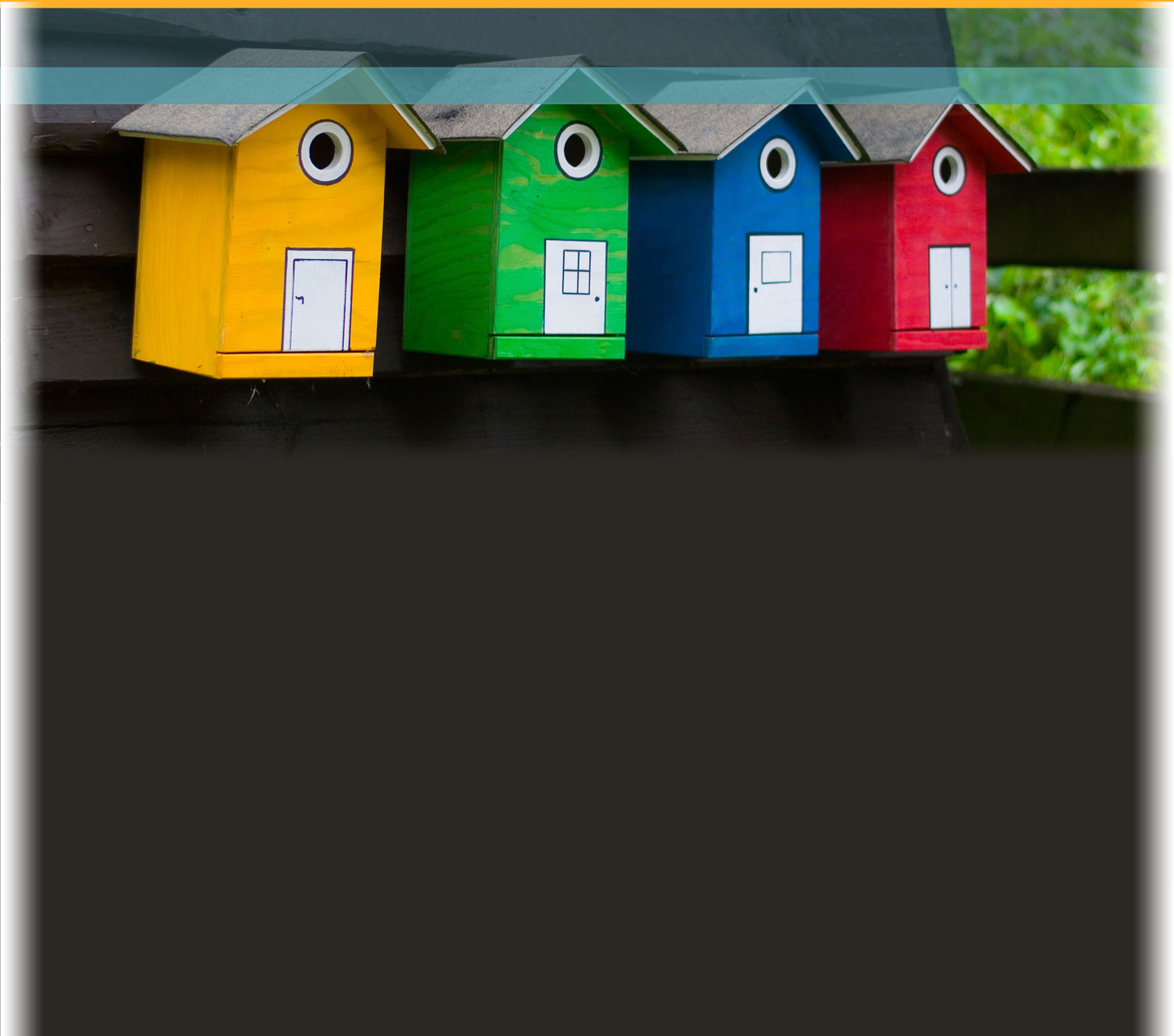Skip Main Navigation
Objectives
- Students will be able to use the engineering design process to design a nest box for an endangered bird.
- Students will be able to collaborate as a STEM team to conduct research about endangered bird species.
- Students will be able to develop an orthographic drawing and build a prototype of a nest box suitable for an endangered bird species of their choosing.
- Students will be able to create a virtual nest box suitable for their bird and evaluate its performance in an electronic environment.ᅠ
- Students will be able to use models in order to support explanations of how human activities have significantly impacted living things.
- Students will be able to communicate with their communities about the effectiveness of solutions to the endangered bird problem, thereby raising awareness of the human impact on the local environment.


